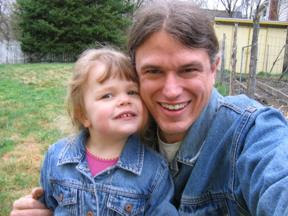 This is a close-up of the joint for the crank support poles. The one that joins to the lower pole is cut on the angle and butted together. A slot is cut in both poles, sufficient to accept a 3/16" ply, which is carefully cut to the precise angle required, making a long, skinny triangle. Epoxy is applied to the edges of the slot and the butt joint, it is assembled and bolted near the joint. A wooden pin (not shown) will be inserted near the points of the triangle. The wire wrapping is to prevent the bamboo from splitting at the cut.
This is a close-up of the joint for the crank support poles. The one that joins to the lower pole is cut on the angle and butted together. A slot is cut in both poles, sufficient to accept a 3/16" ply, which is carefully cut to the precise angle required, making a long, skinny triangle. Epoxy is applied to the edges of the slot and the butt joint, it is assembled and bolted near the joint. A wooden pin (not shown) will be inserted near the points of the triangle. The wire wrapping is to prevent the bamboo from splitting at the cut.If I do it again, I will cut a slot through both sides of each pole, and have the triangle pass all the way through. As it is, the ply can wiggle slightly inside the poles, and depends on the epoxy to prevent this.
The upper bracing pole is cut on a very careful angle (took me several tries to perfect), and rounded out a bit with the dremel for a firm fit. I also cut into the pole it connects to, so that it can butt up against a solid edge, but not so far as to open the cavity of the pole. I single bolt holds it very firmly, although I will probably add epoxy as an additional measure.








